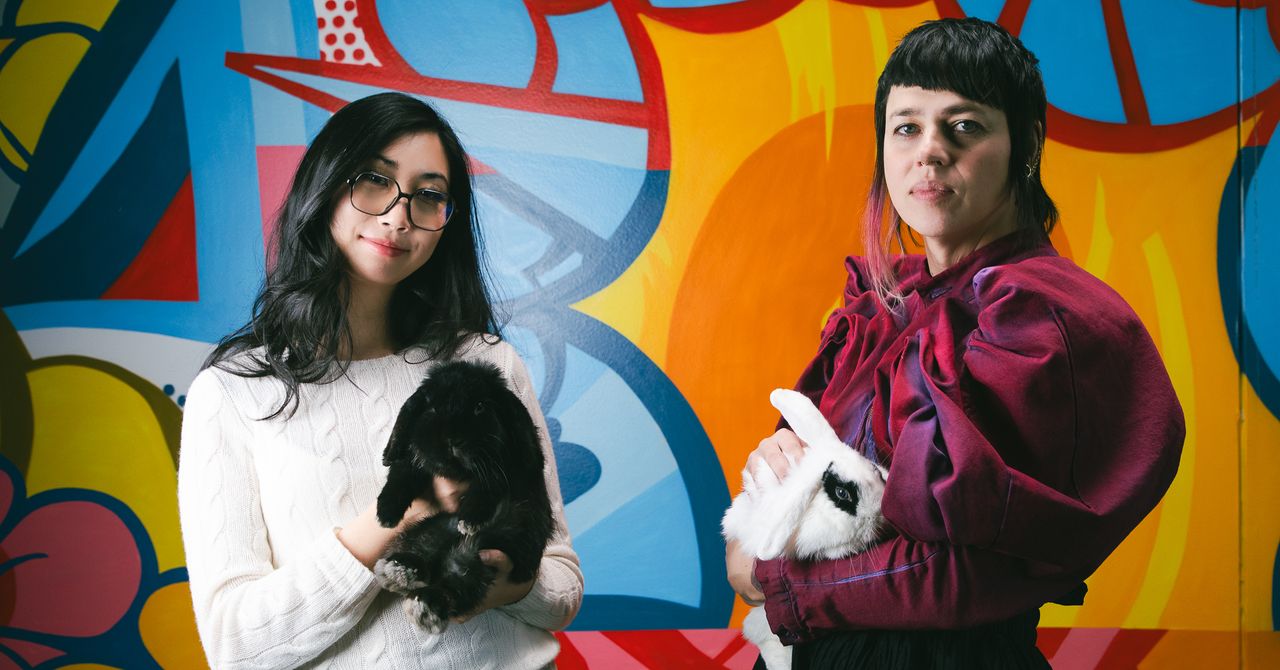The idea of making gene-edited pets is sure to raise eyebrows. In fact, bioethicists warned about such “frivolous” uses of CRISPR a decade ago when the technology was in its infancy. The company’s glowing rabbits will be an initial test to see how consumers respond.
“I think most people are going to think it’s crazy and will dismiss it as crazy,” says Andy Weissman of Union Square Ventures, who has personally invested in the Los Angeles Project. “You’re trying to convince people to come into a reality that doesn’t yet exist.”
He sees the company as part business, part art project. “We’ll find out if they can accomplish both, or just one or the other.”
There’s the question of what happens if something goes wrong. Crispr can cause unintended edits, which could lead to cancer or other health problems in an animal. Plus, no one really knows how many edits can be made to an animal’s genome without causing harm.
“We don’t want to harm animals,” Tie says. Both she and Zayner say they take the treatment of animals seriously. The company has not killed any animals for its experiments and doesn’t plan to. They create the embryos by mixing eggs and sperm sourced from ovaries and testes they get from veterinarians and a local butcher.
And GloFish offer a cautionary tale. In Brazil, the fluorescent fish have escaped fish farms and are multiplying in creeks in the Atlantic Forest, raising concerns about whether they pose a threat to native species. Zayner says the animals they create would be spayed and neutered so they wouldn’t be able to reproduce and pass on the genetic changes to offspring,
The company has been in touch with the US Food and Drug Administration about its plans, but it’s unclear how the agency would regulate them. Back in 2003, the FDA determined that the sale of transgenic GloFish were not subject to regulation, based on evidence that the fish do not pose a risk to public health or the environment.
Zayner’s new venture will no doubt test the bounds of gene-editing regulation, as her self-experimentation and DIY genetic engineering kits have in the past. But the Los Angeles Project may also spark much-needed societal conversations around what humans can—and should—do with genetic engineering.
“The crazy thing is, this technology is so advanced, and nobody’s doing shit with it,” Zayner says. “That’s kind of our motto: Let’s do stuff with it.”
